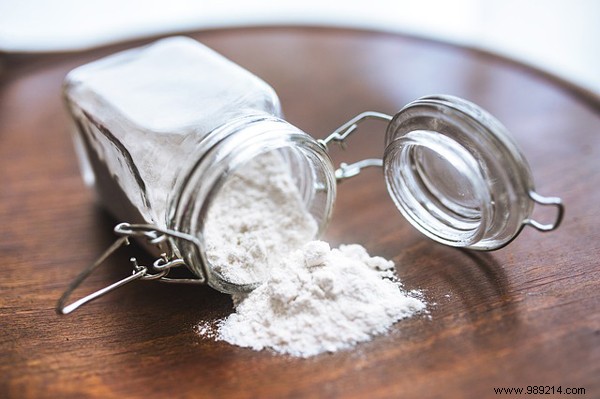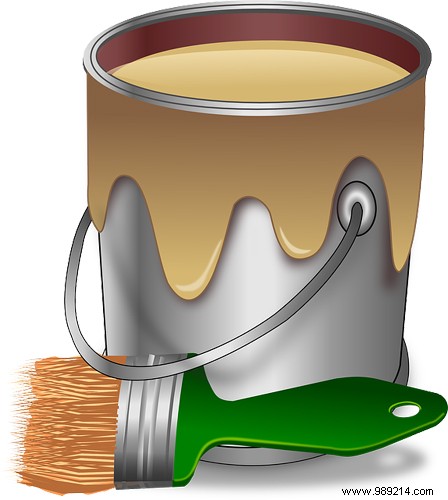 Synthetic wallpaper paste is singled out for its toxicity. Because of toxic volatile organic compounds (VOCs), it is neither environmentally friendly nor healthy. As a solution, it is much more interesting to make your own natural glue. The recipe is quick, efficient and above all respectful of the environment. It is accessible to all levels of DIY enthusiasts.
Synthetic wallpaper paste is singled out for its toxicity. Because of toxic volatile organic compounds (VOCs), it is neither environmentally friendly nor healthy. As a solution, it is much more interesting to make your own natural glue. The recipe is quick, efficient and above all respectful of the environment. It is accessible to all levels of DIY enthusiasts.
The natural glue adapts to all kinds of plastic arts and decorative activities. It is harmless and can even be used by children during their creative leisure workshops. Even ingesting this natural glue is safe.
To make it, you need wheat flour, turpentine, sugar, a wooden spoon, a measuring cup, a saucepan and a salad bowl. Heat a liter of water in a saucepan over high heat. In a bowl, mix one liter of cold water with 280 g of flour. Then add 200 g of sugar. Wait for the water on the heat to simmer then add the mixture of flour, sugar and cold water while taking care to lower the heat. Then add 2 dl of turpentine which will allow the glue to be naturally insecticidal and rot-proof. In addition, it has the advantage of accelerating the drying time of the glue.

Then let your natural glue cook for 3 to 5 minutes. Then, as soon as the liquid is thick and homogeneous enough, remove the pan from the heat. Wait for the preparation to cool before using it. This homemade glue can be kept for a maximum of 3 days.
The installation of wallpaper is carried out in 5 steps, namely the cutting of the lengths, their gluing, their installation, the masking and the leveling. The installation must always start from a light source so the window will do the job perfectly. Use a square or a plumb line to determine the vertical mark. In the case where the room has a visual element such as a staircase or a fireplace, you must start by centering the installation of the wallpaper. In terms of fittings, these can sometimes cause a problem, especially if it is a question of patterned wallpaper. Matching the designs is particularly difficult, especially when it comes to large patterns. To prevent the offsets from being too visible, choose a place where they will be hidden.
For beginners who are getting into wallpapering for the first time, there is an easy solution:non-woven wallpaper. The latter has the advantage of having a high weight which allows it to hide all the imperfections of the wall. But that's not all ! The glue is applied directly to the wall. You don't need a wallpapering table. In addition, no drying time or shrinking time is necessary. The time saving is particularly appreciable. You also don't have to worry about the seams, just opt for seamless or plain wallpaper.